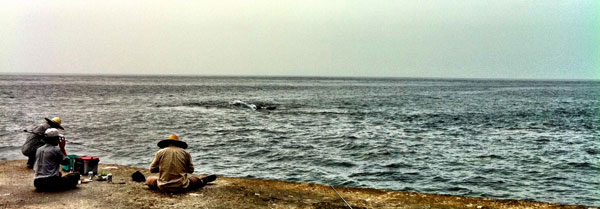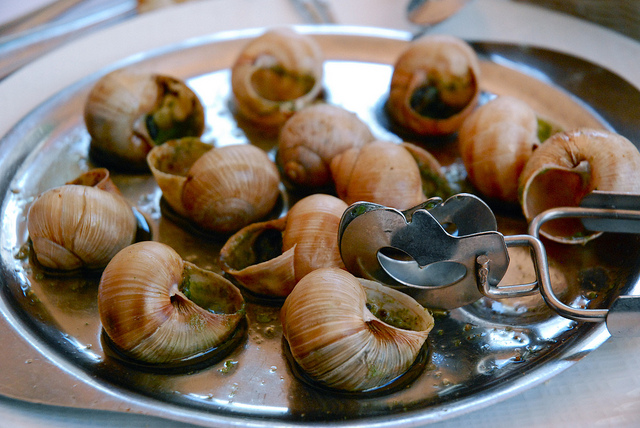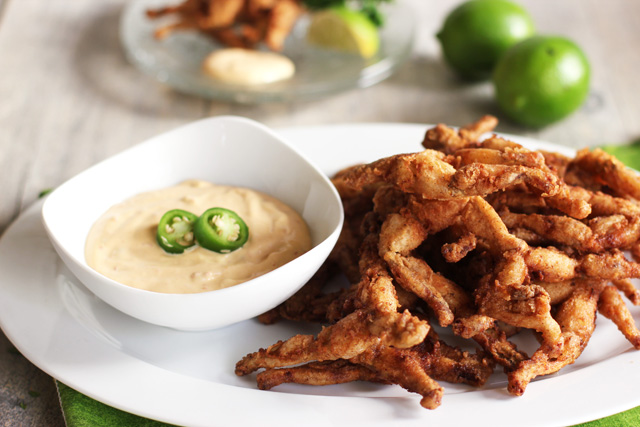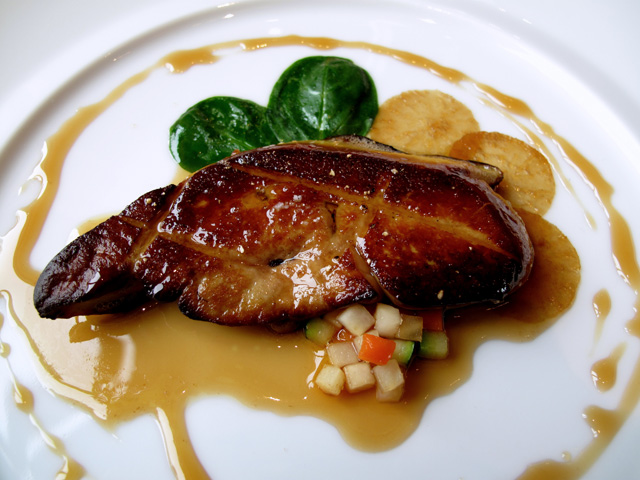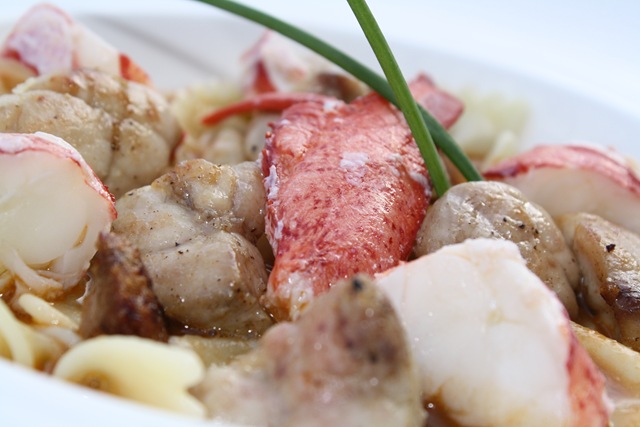4 French Foods You Might Want to Avoid
If you’re of a delicate disposition, then we have a few French foodstuffs that you might want to avoid. Of course, if millions of locals love these dishes then they probably can’t be all that bad, but if you don’t want to find out for yourself then we really wouldn’t blame you…
Les Escargots (snails)
There’s a whole process of preparing the snails that goes into every dish, and it actually takes several days to get them ready before they’re finally cooked. If the thought of eating snails isn’t enough to put you off on its own, then perhaps the knowledge that they’re fed for a day on fresh lettuce, and then made to fast for around two weeks so they empty their bodies, will be enough to put you off. If you’re still determined to try this French delicacy, then they’re best served in a white wine and garlic butter sauce, just like fresh mussels. The one advantage to snails is that they’re easy to get hold of, and if you’ve got the time to prepare them properly then they can provide excellent nutrition on long walks or adventure camp activities in the wild.
Cuisses de Grenouilles (frogs’ legs)
Growing up I always thought this was a bit of a wind up. Surely nobody actually eats frogs’ legs? I was alarmed to discover that the French do, in fact, consider them to be a very tasty morsel that is either sautéed in spices or pan fried in butter. The legs are the only part of the frog that’s actually edible, and there’s very little meat on them, making them only really good for a starter or a hors d’oeuvres. The best place to find them if you want to try them for yourself, is any upmarket restaurant in a city like Paris, Marseille or Lyon.
Foie Gras (fat liver)
Considered to be quite the posh ingredient at top class restaurants, it’s not the food itself that puts people off foie gras, but the method of its preparation. It involves force feeding geese or ducks until their livers become particularly fatty, and the livers are then used to create the foie gras. Naturally it’s considered by many to be a cruel method of food production, so it’s not a typical component of the local diet, and certainly not the sort of food you’d expect to be served in a French canteen or at summer camp in the Alps.
Ris de Veau (sweetbreads)
Sweetbreads is the name given to certain parts of a cows anatomy in what can only be presumed to be an attempt to make it sound edible. The throat, gullet, heart, and various other parts of the animal, including the pancreas, can all be considered sweetbreads, and they’re thought to be luxury morsels that are often found as accompaniments to main dishes. Usually pan fried and left plain, they are swift to prepare and cook. These are a lot more common around France, so you won’t have to hunt too hard to find them on a menu.
-Subscribe to get free updates via RSS or email, follow us on Twitter or find us on Facebook.







